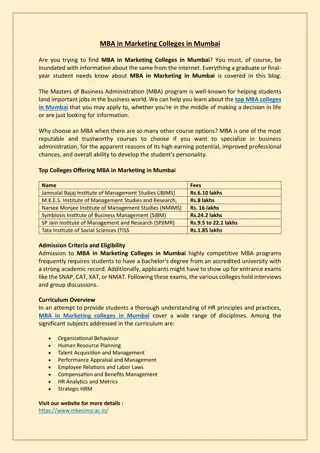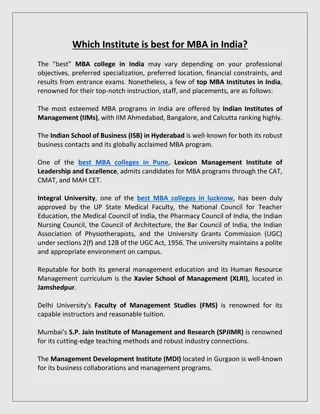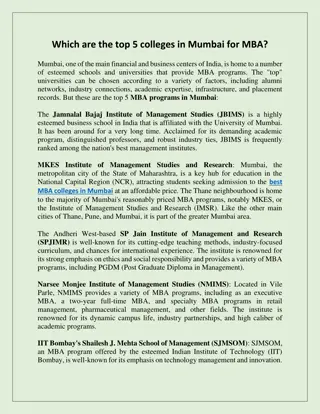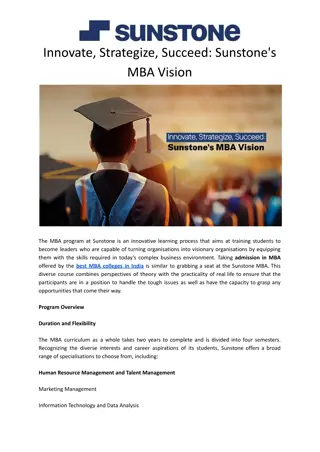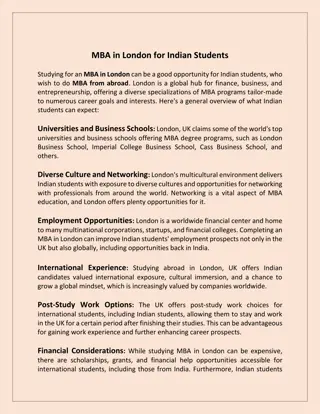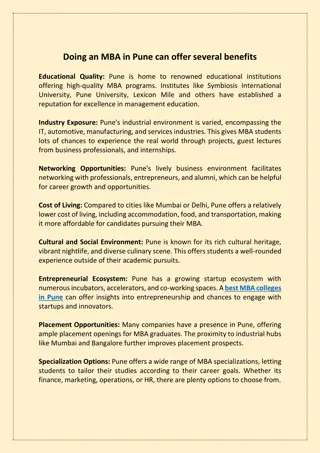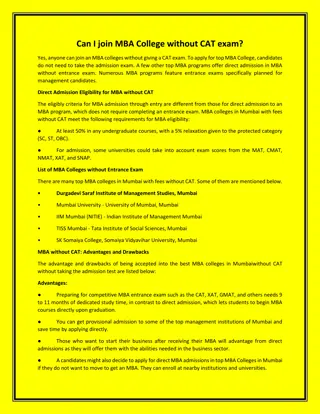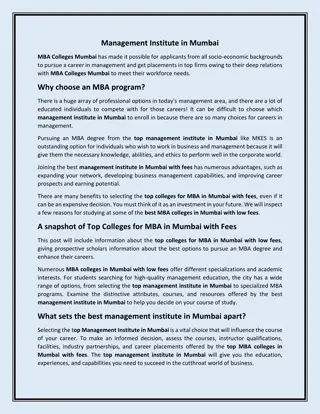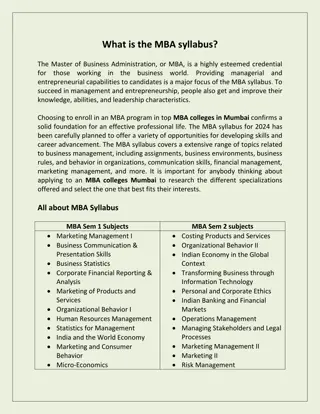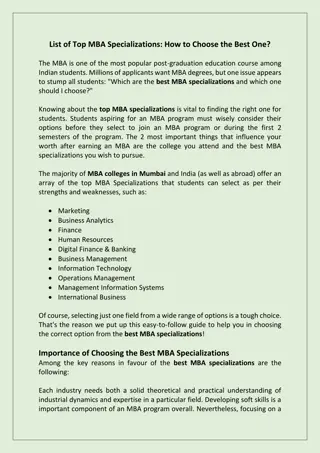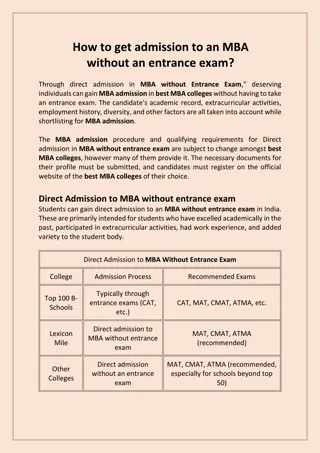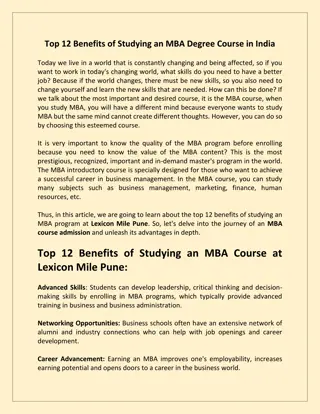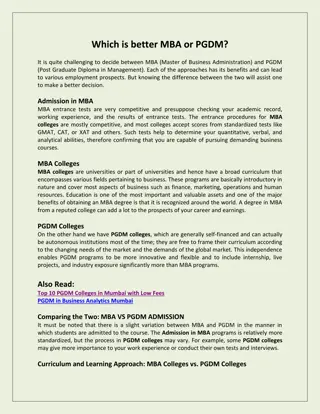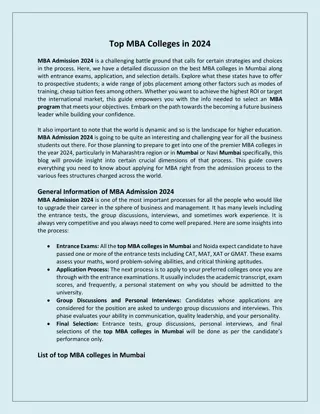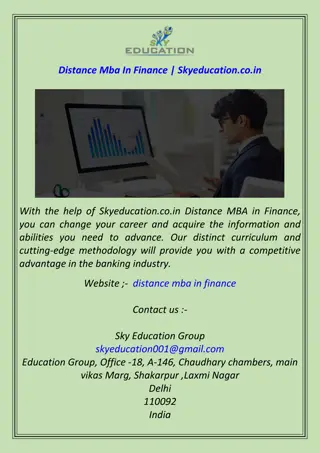
Porter's Five Forces Model for Industry Competitiveness
Learn about Porter's Five Forces Model, a strategic framework developed by Michael E. Porter, to analyze industry dynamics and competitiveness. The model assesses industry profitability by examining the threat of new entrants, bargaining power of suppliers and buyers, threat of substitutes, and industry rivalry. Understand key factors and implications of each force to make informed business strategies.
Download Presentation

Please find below an Image/Link to download the presentation.
The content on the website is provided AS IS for your information and personal use only. It may not be sold, licensed, or shared on other websites without obtaining consent from the author. If you encounter any issues during the download, it is possible that the publisher has removed the file from their server.
You are allowed to download the files provided on this website for personal or commercial use, subject to the condition that they are used lawfully. All files are the property of their respective owners.
The content on the website is provided AS IS for your information and personal use only. It may not be sold, licensed, or shared on other websites without obtaining consent from the author.
E N D
Presentation Transcript
PORTER'S FIVE FORCES MODEL: A Strategic Framework Understanding Industry Dynamics And Competitiveness C Armaan Salik Jain Alaudeen Assistant Professor, Jamal Institute of Management, Jamal Mohamed College.
Porter's Five Forces Model Developed by Michael E. Porter. A framework for analyzing the competitive forces shaping every industry. Purpose: To assess industry profitability and develop business strategies. Why Use It? Helps identify the strengths and weaknesses of an industry. Aids in strategic decision-making.
Overview of the Five Forces Threat of New Entrants: How easily new competitors can enter the market. Bargaining Power of Suppliers: Suppliers influence on cost and availability of inputs. Bargaining Power of Buyers: Customers influence on pricing and quality. Threat of Substitutes: The risk of alternative products/services replacing current offerings. Industry Rivalry: The intensity of competition among existing firms.
Force 1 - Threat of New Entrants Key Factors: Economies of scale. Capital requirements. Access to distribution channels. Regulatory policies. Brand loyalty. Implications: High barriers to entry deter new competitors. Low barriers increase competition and reduce profitability.
Force 2 - Bargaining Power of Suppliers Key Factors: Number of suppliers. Uniqueness of inputs. Switching costs for companies. Supplier s ability to integrate forward. Implications: Strong suppliers can raise input costs and squeeze margins. Weak suppliers offer better negotiating power to companies.
Force 3 - Bargaining Power of Buyers Key Factors: Number of buyers vs. sellers. Product differentiation. Price sensitivity. Buyer s ability to integrate backward. Implications: Powerful buyers demand lower prices or higher quality. Weak buyers limit market influence on pricing.
Force 4 - Threat of Substitutes Key Factors: Availability of alternative products/services. Price-performance trade-offs of substitutes. Switching costs for customers. Implications: High threat reduces industry attractiveness. Differentiation and innovation help mitigate risks.
Force 5 - Industry Rivalry Key Factors: Number of competitors. Industry growth rate. Fixed costs vs. variable costs. Product differentiation. Implications: Intense rivalry decreases profitability. Differentiation and niche strategies reduce direct competition.
Strategic Implications of Five Forces Adaptability and Responsiveness: Continuously monitor industry trends to anticipate changes in competitive dynamics. Foster a culture of flexibility and rapid decision-making to respond to market shifts. Build strategic alliances or partnerships to enhance competitive positioning. Risk Mitigation: Diversify product lines or market segments to spread risk. Develop contingency plans to address supplier or buyer power shifts. Invest in research and development to stay ahead of substitutes and competitors. Positioning for Competitive Advantage: Identify and occupy a niche market where competition is minimal. Focus on building strong brand loyalty to create barriers for new entrants. Leverage unique resources or capabilities to reduce dependency on suppliers. Investment Strategies: Invest in innovation and technology to reduce the threat of substitutes. Develop economies of scale to lower costs and deter new entrants. Strengthen supply chain relationships to ensure favorable terms.
Conclusion Porter's Five Forces is a robust tool for strategic planning. Each force provides insights into industry dynamics. Success depends on leveraging the forces to your advantage.


